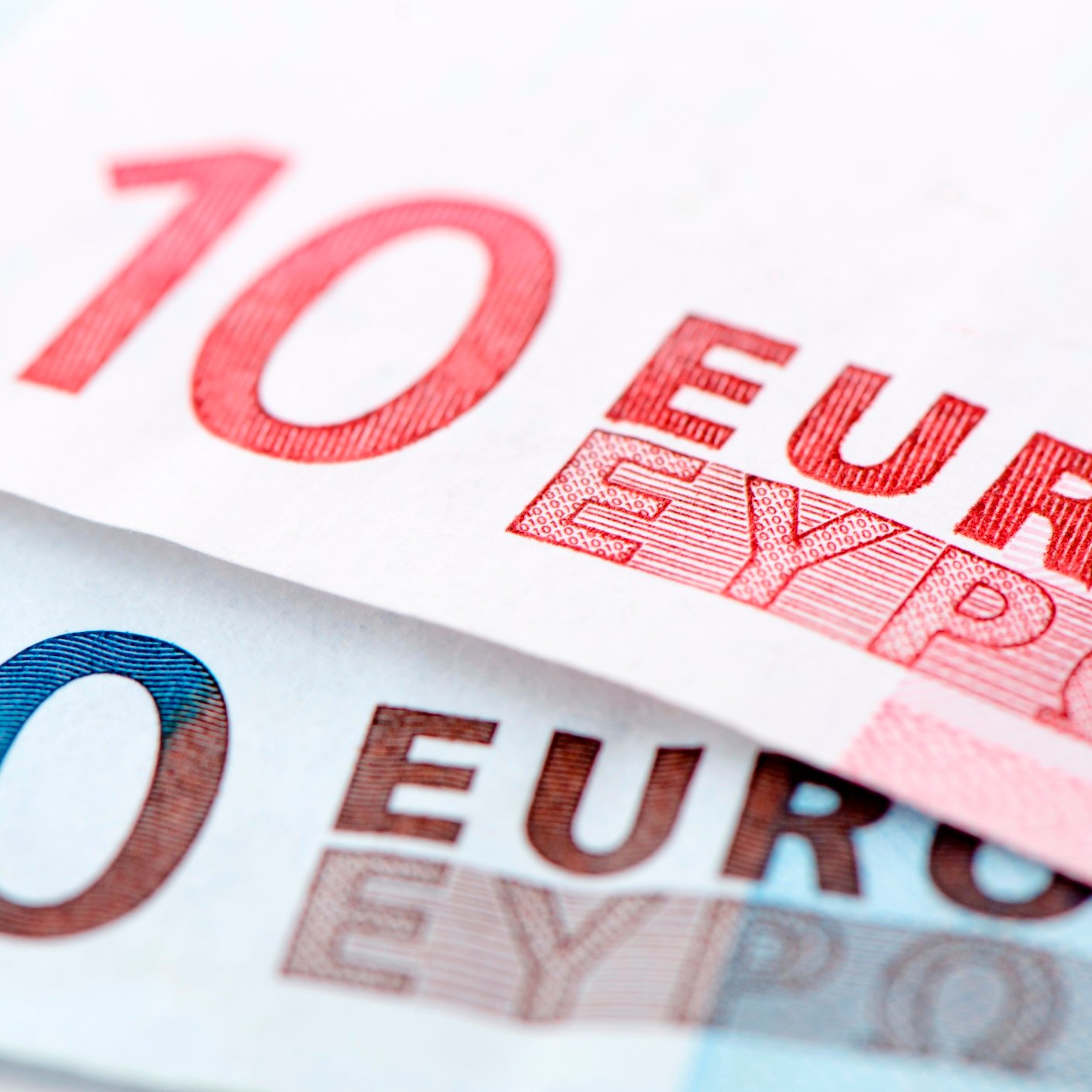Economy
ECB Tapering of Quantitative Easing Outlined for 2017

Published:
Last Updated:

The European Central Bank (ECB) is here to stay with quantitative easing measures. Sort of. President Mario Draghi announced on Thursday that the ECB was going to extend its purchases of assets in 2017. What was also said was that the amount of monthly buying would be less than it has been in 2016. In short, that is called tapering.
At Thursday’s ECB policy meeting, the Governing Council decided that the interest rate on the main refinancing operations and the interest rates on the marginal lending facility and the deposit facility will remain unchanged. These will remain at 0.00%, 0.25% and −0.40% respectively.
Asset purchases have been €80 billion per month, but Draghi said that asset purchases decreasing to €60 billion from April of 2017 to December 2017 (or beyond if necessary).
If the outlook becomes less favorable or if financial conditions warrant, the ECB can act further or become more aggressive again. The ECB statement included this note:
If, in the meantime, the outlook becomes less favorable or if financial conditions become inconsistent with further progress towards a sustained adjustment of the path of inflation, the Governing Council intends to increase the program in terms of size and/or duration. The net purchases will be made alongside reinvestments of the principal payments from maturing securities purchased under the asset purchase program.
As a reminder: inflation was recently shown to be a tad higher in Europe and some measurements of growth have been ticking higher there. Maybe the U.S. rekindled growth isn’t a unique issue after all.
Perhaps the biggest issue ahead is how the ECB has changed its gross domestic product (GDP) targets for the euro area. They still see 1.7% GDP for 2016, the same forecast in September. Their 2017 GDP forecast rose to 1.7% from 1.6%, and the 2018 target was kept at 1.6%.
ECB staff see 2017 Harmonized Index of Consumer Prices (HICP, a measurement of inflation) at 1.3%, versus the 1.2% seen in September. The forecast for 2018 was moved to 1.5% from 1.6%, and the 2019 forecast was put at 1.7%.
What should stand out is that this is still a substantial effort in quantitative easing. That being said, even a tapering effort means less and less quantitative easing. One has to wonder if they are running out of European bond assets to buy, just in time for the outstanding amount of negative yielding sovereign debt to keep shrinking.
Finding a qualified financial advisor doesn’t have to be hard. SmartAsset’s free tool matches you with up to 3 fiduciary financial advisors in your area in 5 minutes. Each advisor has been vetted by SmartAsset and is held to a fiduciary standard to act in your best interests. If you’re ready to be matched with local advisors that can help you achieve your financial goals, get started now.
Thank you for reading! Have some feedback for us?
Contact the 24/7 Wall St. editorial team.